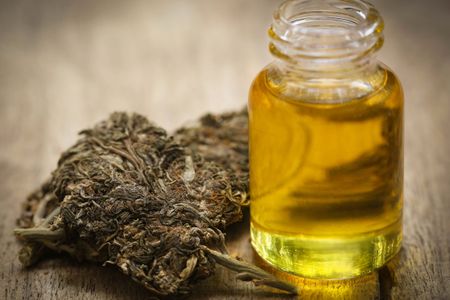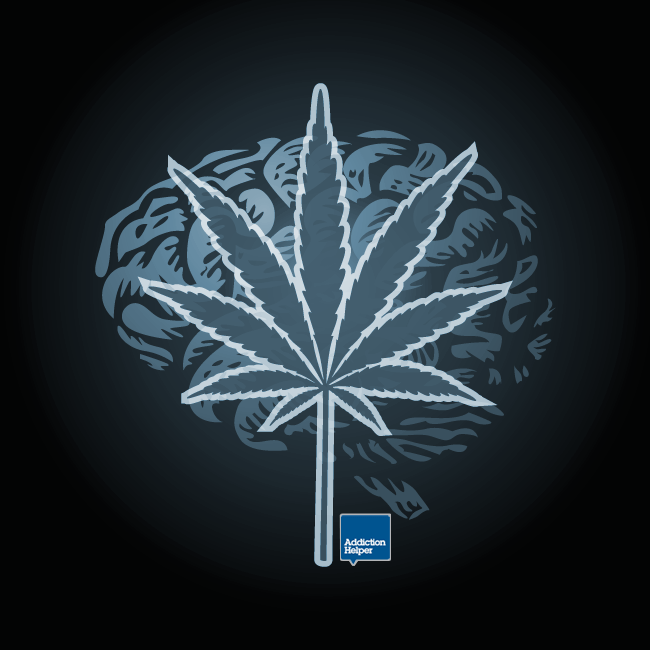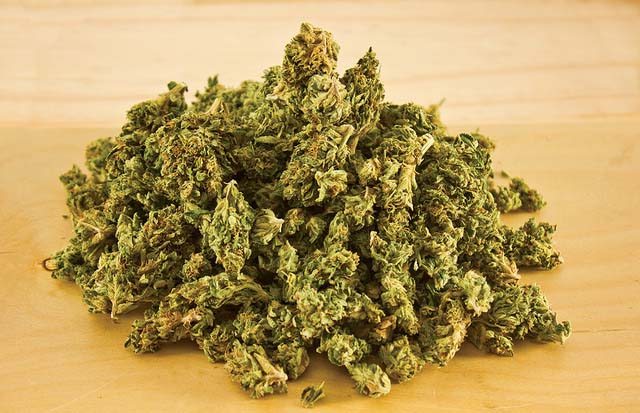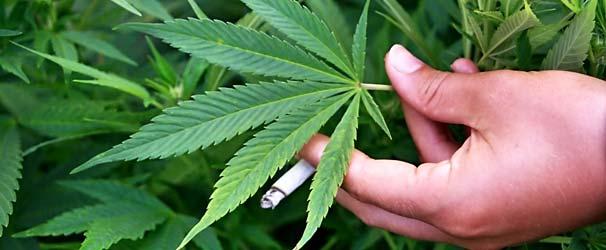Can weed be addictive? Yes. All substances with psychoactive (mind-altering) effects, including cannabis, can lead to ad...
A research team from the UK and Canada have found ‘robust evidence’ that teen cannabis use increases the risk of dep...
Canada has just introduced new legislation that completely changes the legal status of marijuana. The legislation goes f...
Marijuana, or cannabis, is widely regarded as a harmless, or to some people even beneficial, drug. It appears under many...
A new report has been published in which two top charities have said that drug use should be decriminalised. T...
Addiction is currently devastating the lives of a vast number of people around the UK. Every day, individuals who are su...
Cannabis is categorised as a Class B drug in the UK, meaning it is illegal to possess or sell. Those found in possession...
Earlier this week, a study on the effects of skunk cannabis and its link to the development of psychosis was published. ...
On January 1st 2014, the first stores selling cannabis in Colorado were opened. Many Republicans believed that there wou...
The former director general of the Scottish Crime and Drug Enforcement Agency has weighed in on the debate over legalisi...





